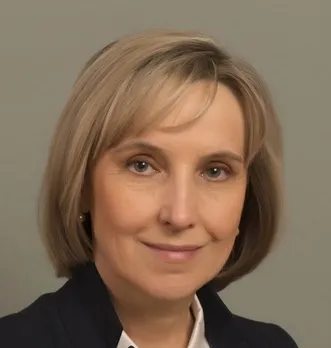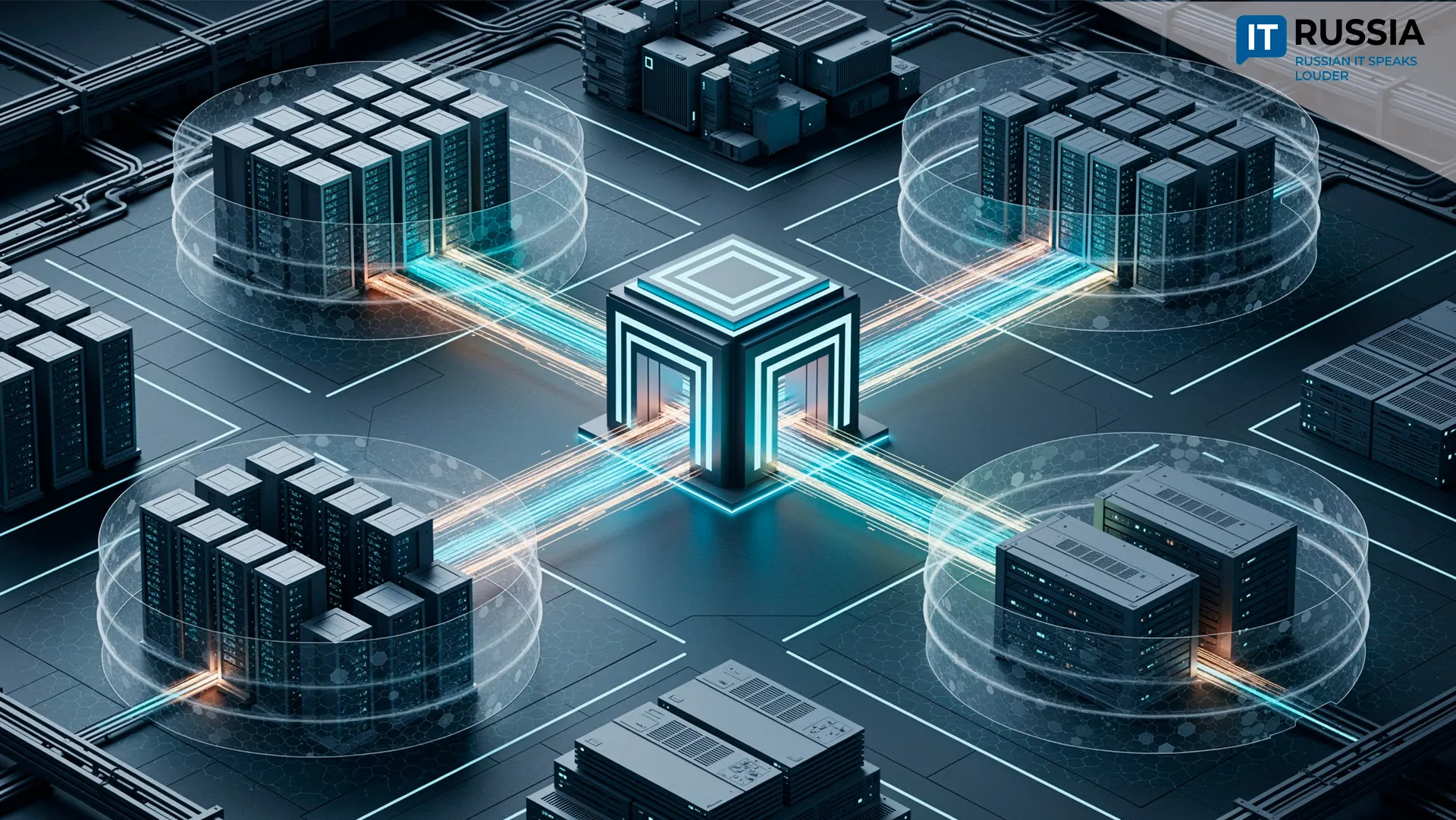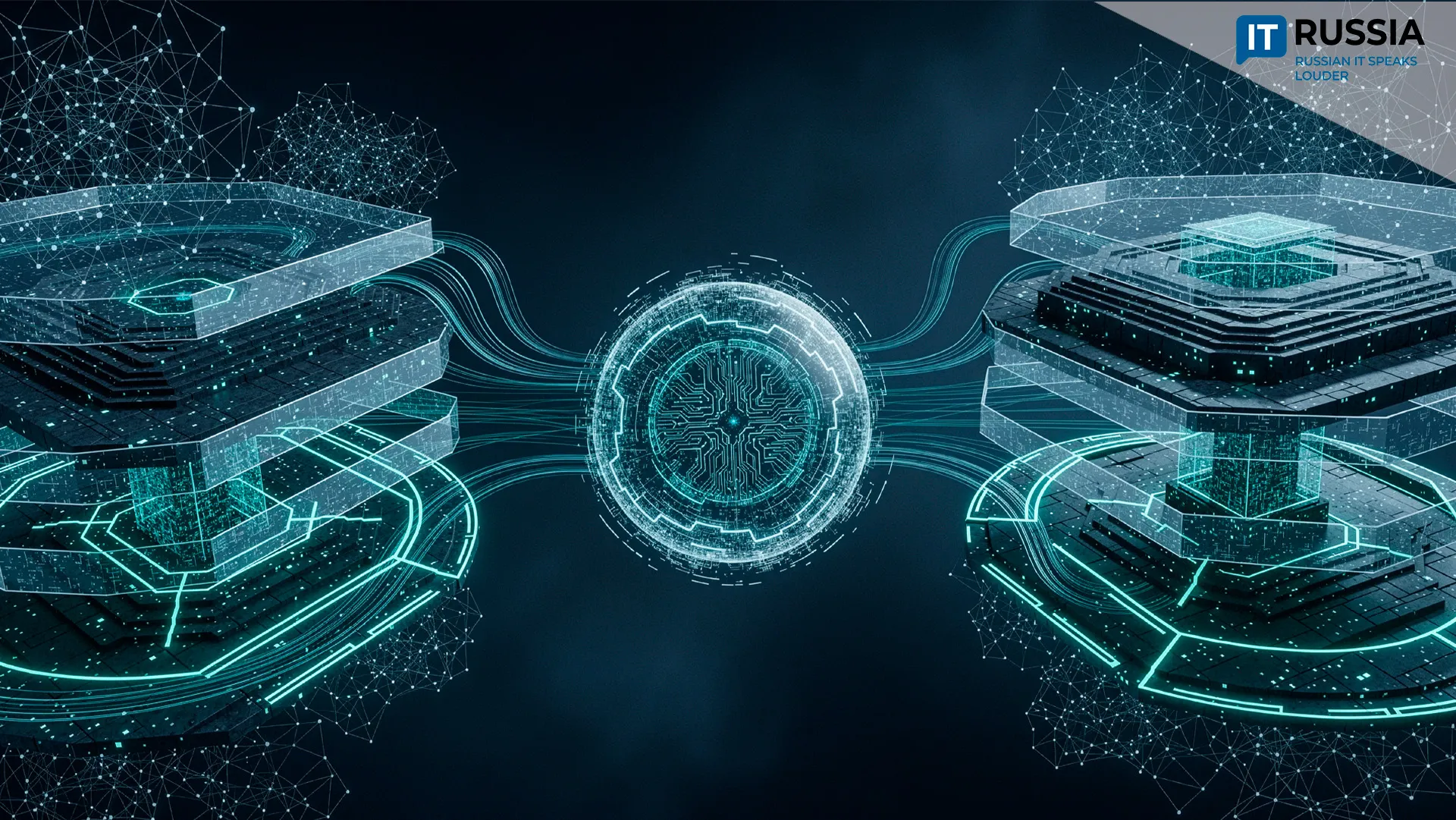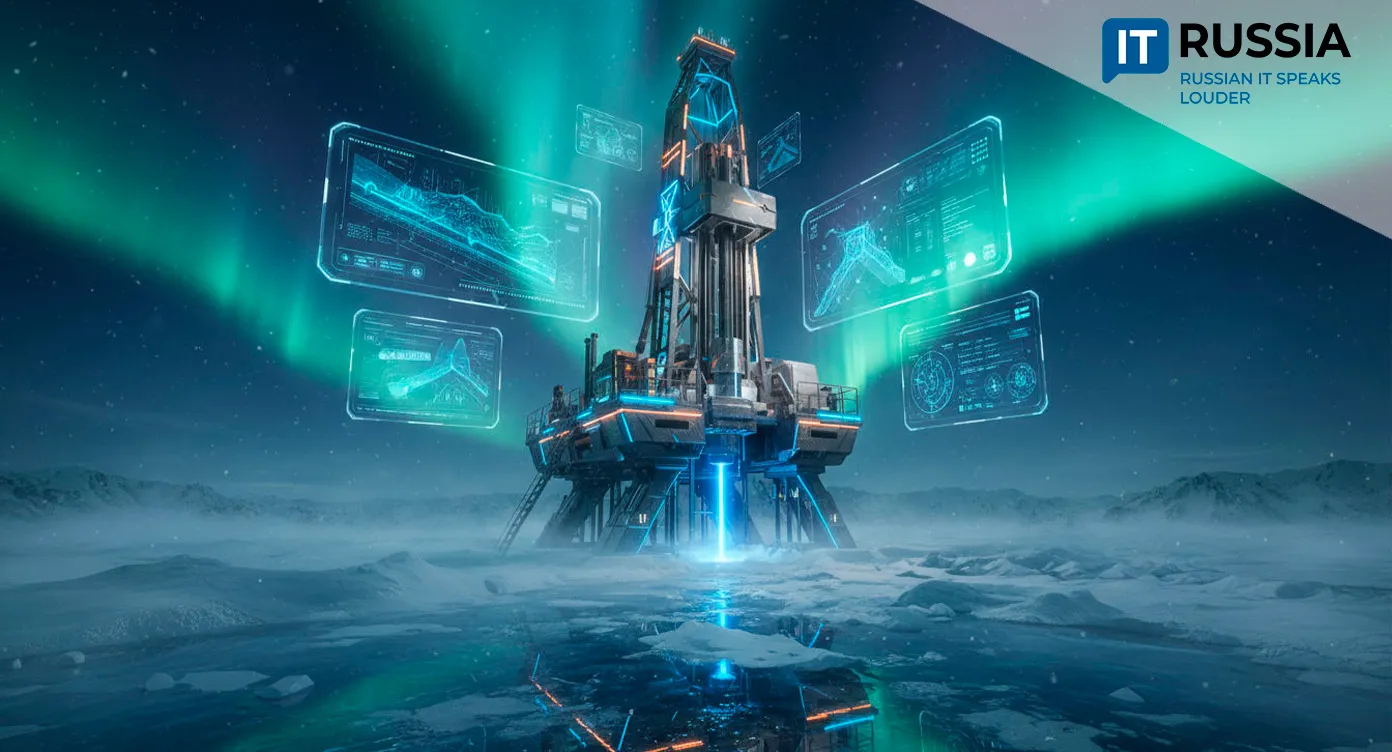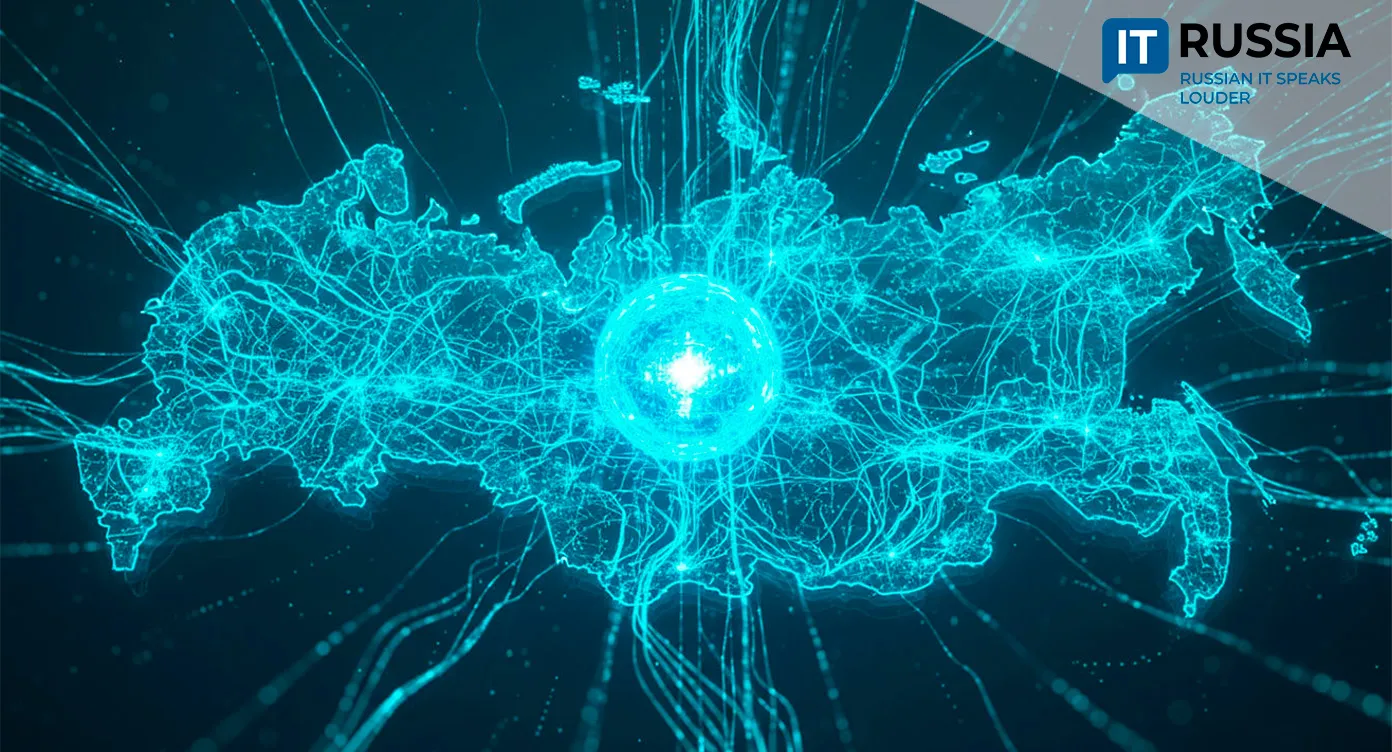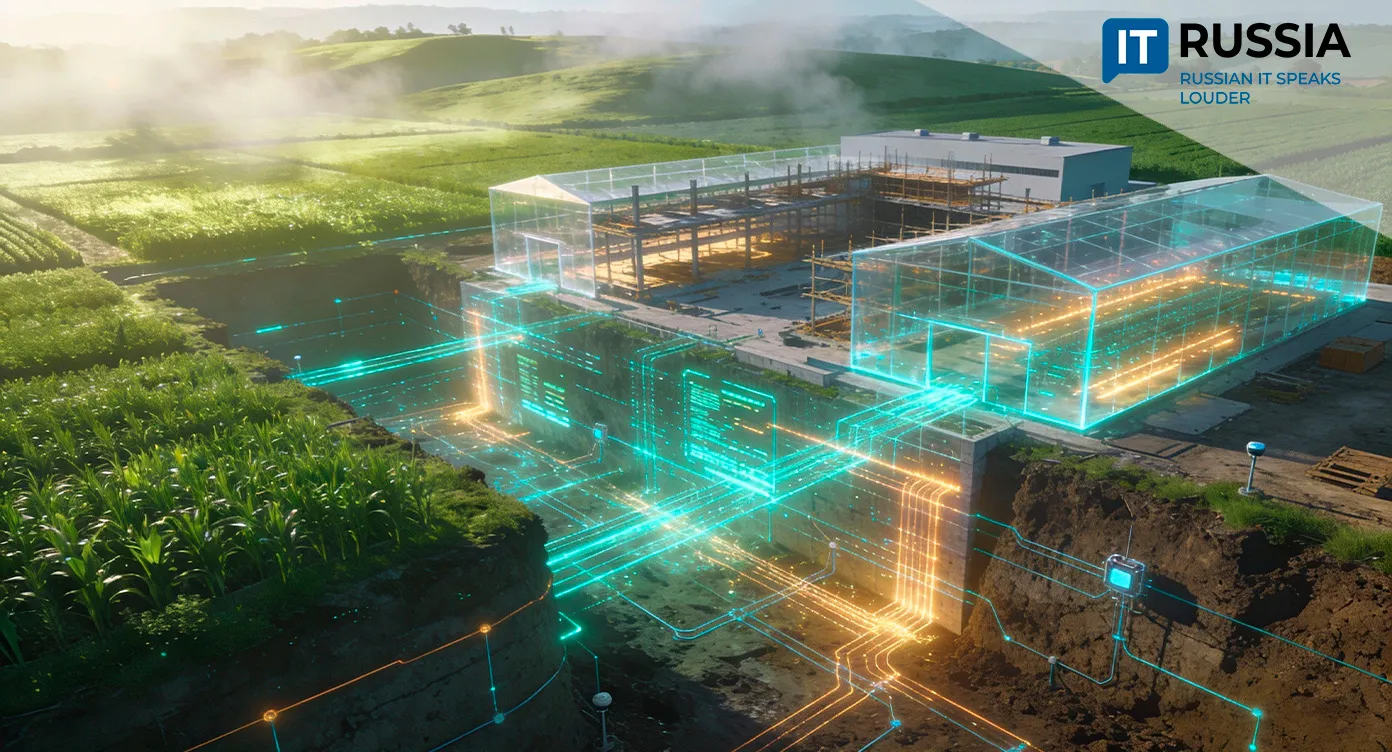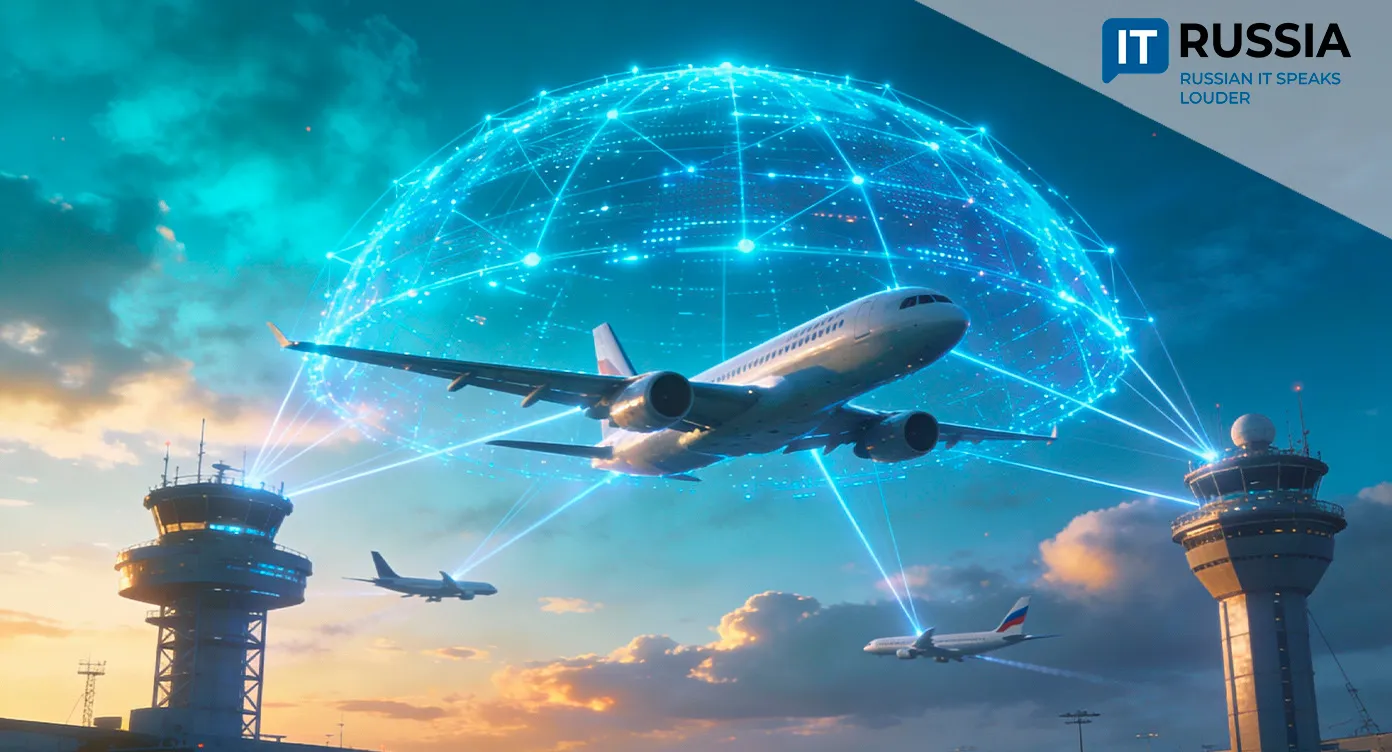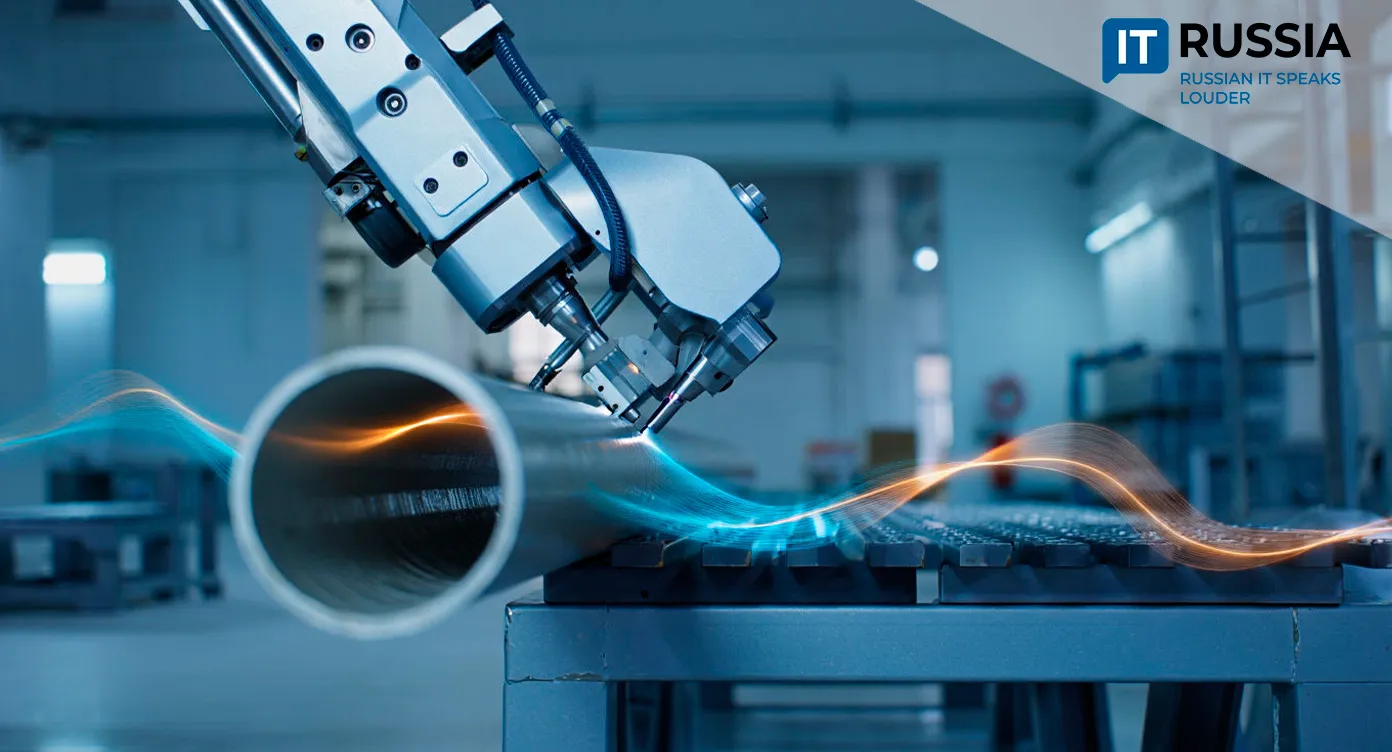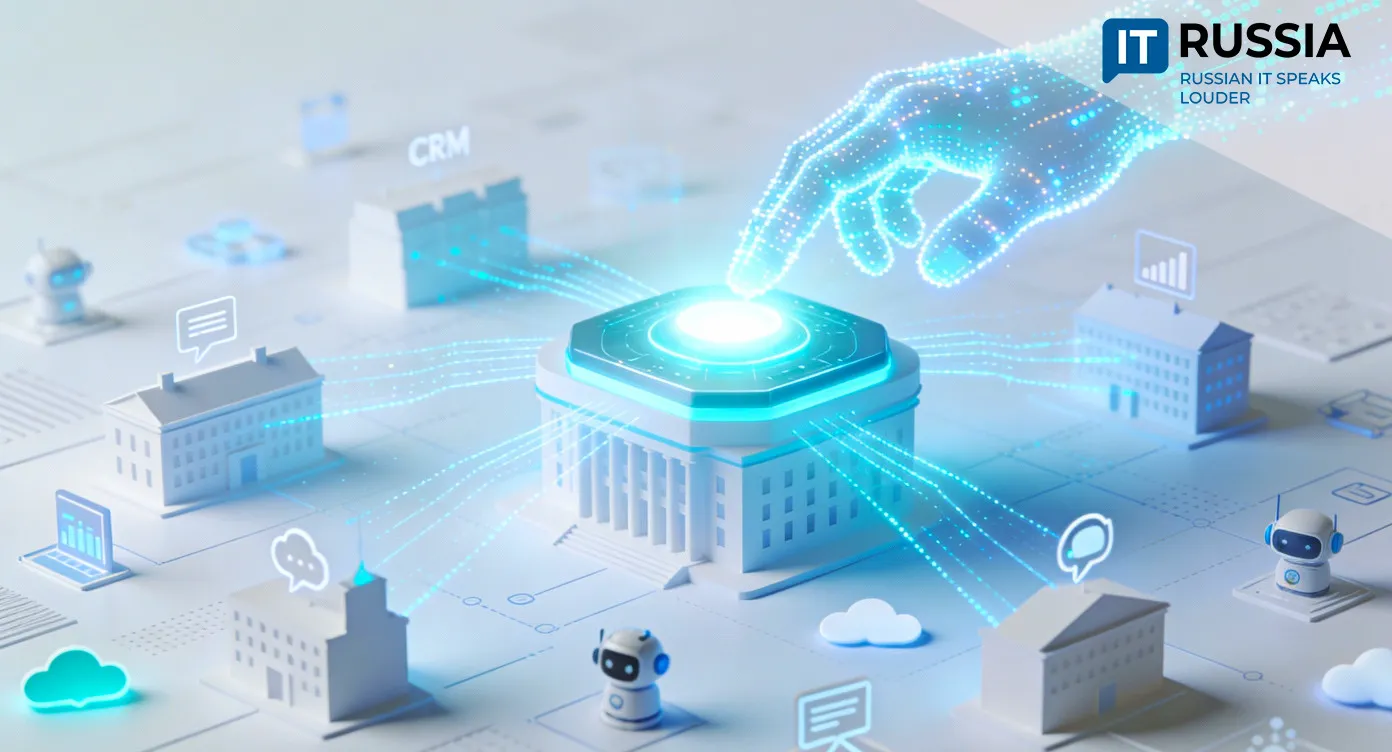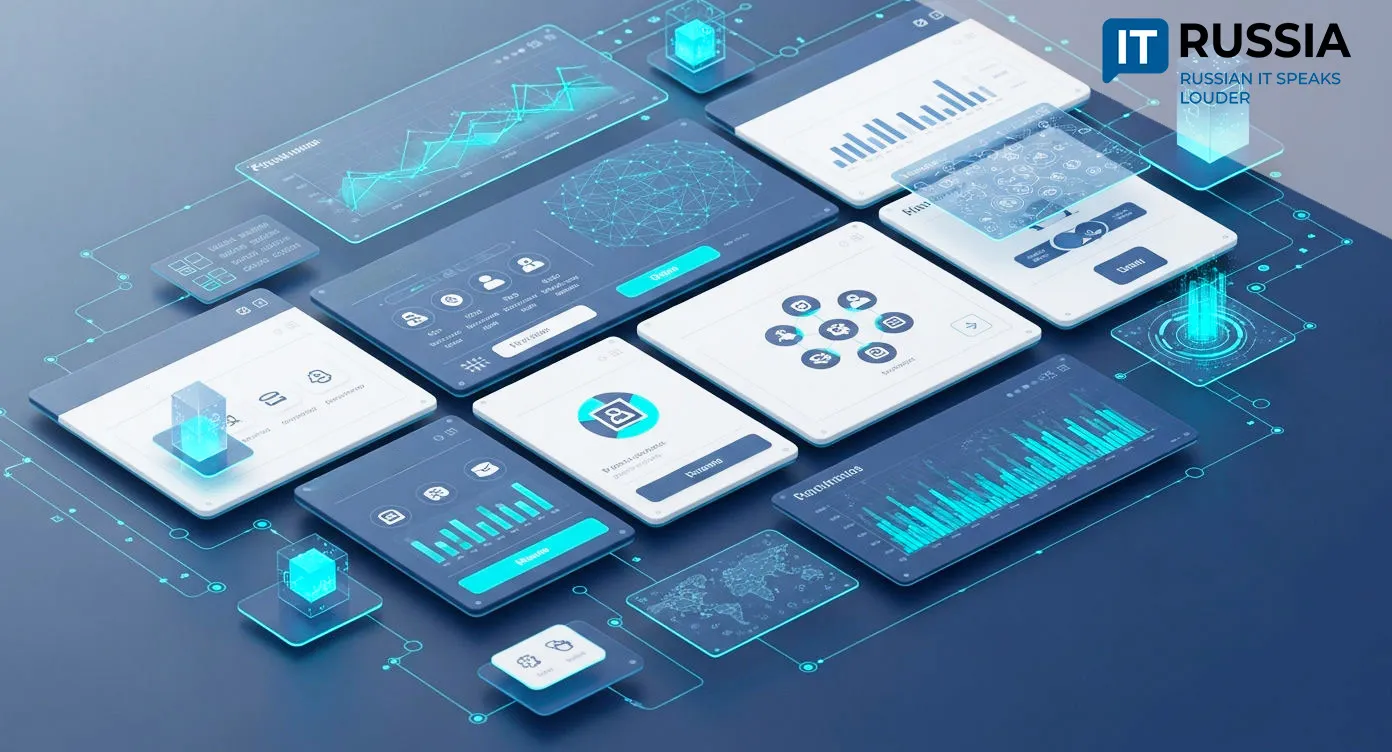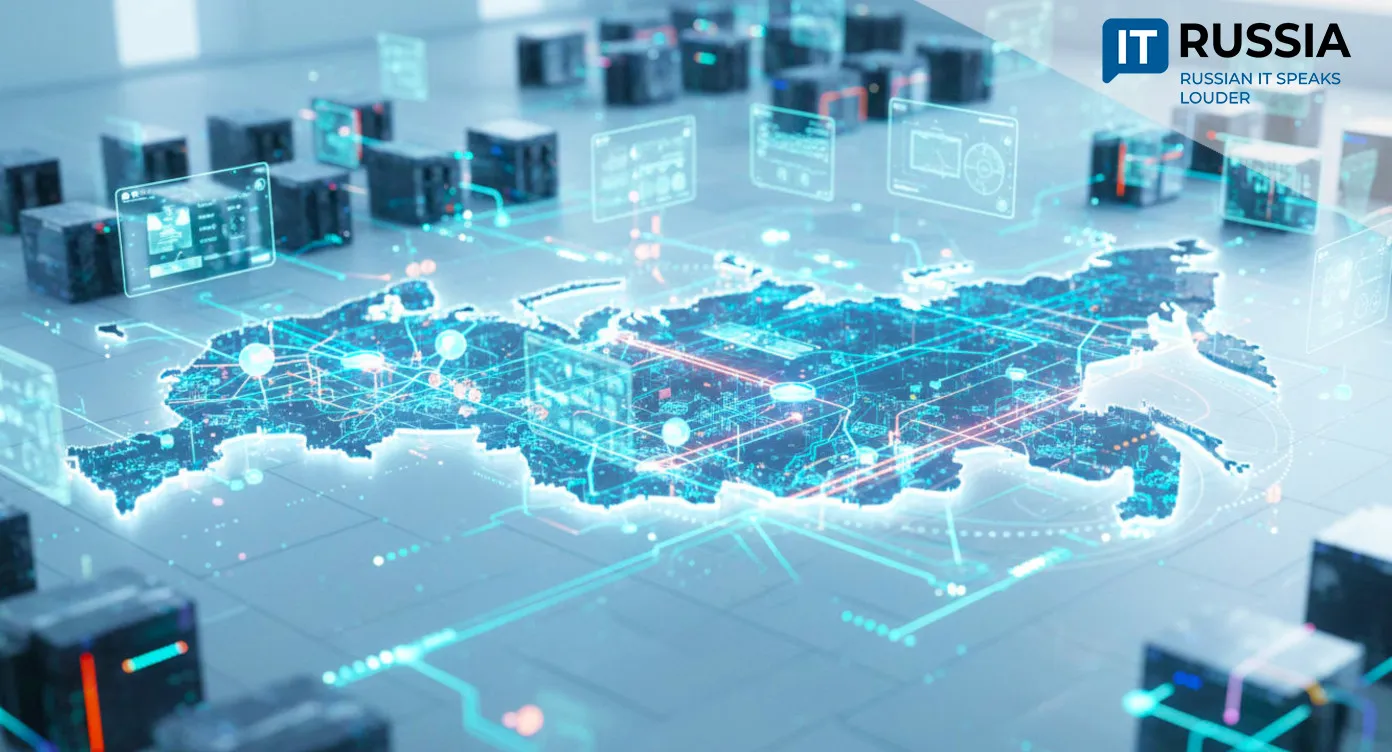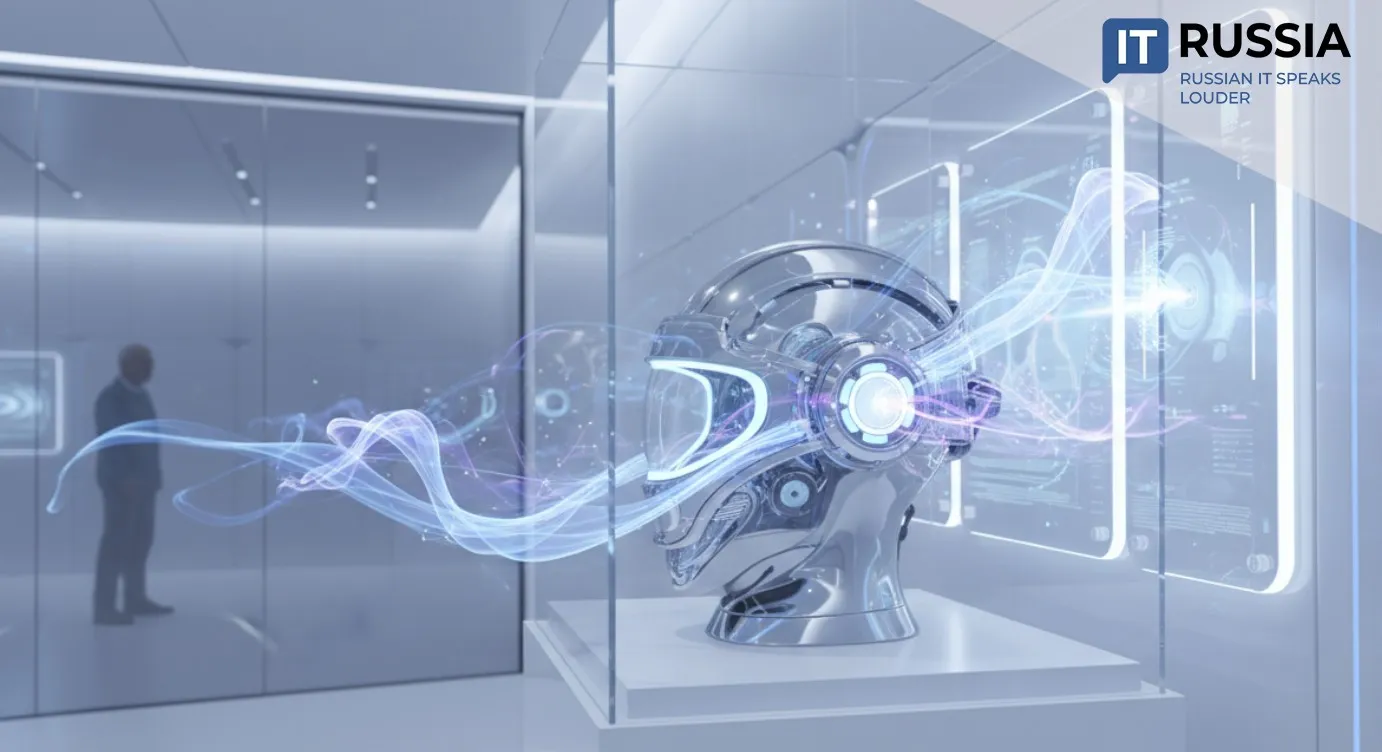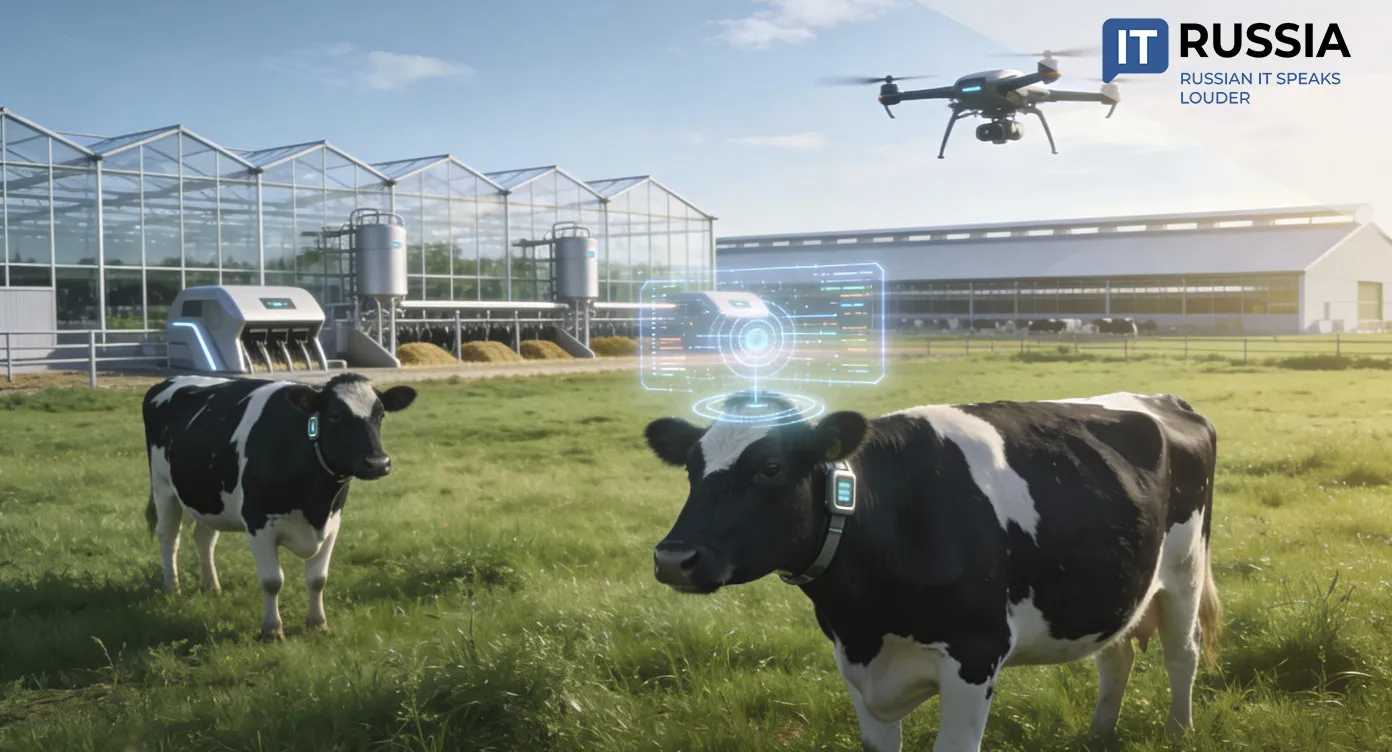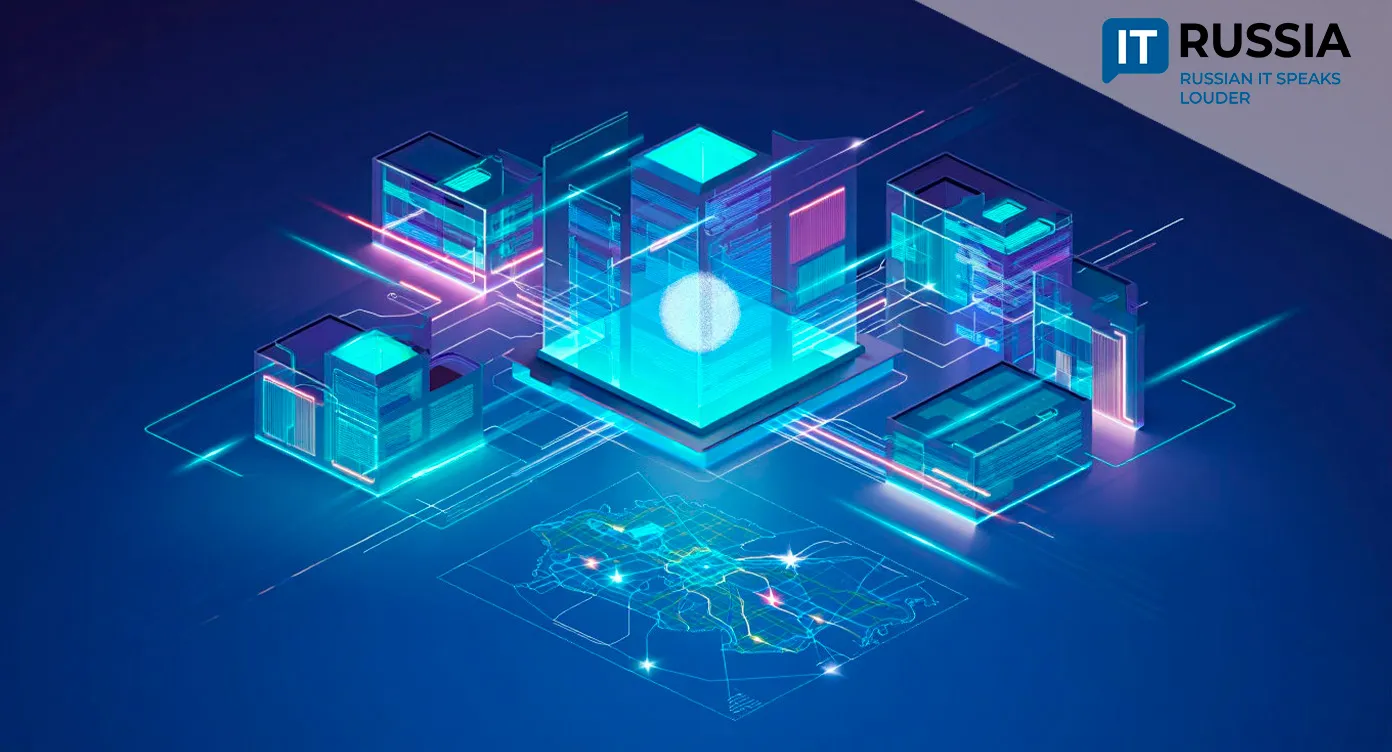City-IT: How Tomsk’s Forum Became Siberia’s Leading Digital Platform
The City-IT conference in Tomsk has grown into Siberia’s largest technology forum, bringing together academia, industry, and government to test and launch innovations that could shape Russia’s digital future. Workplace will scope 40 sections, include hundreds of executives and thousands of participants — from students to corporate top managers. The agenda ranges from the intricacies of front-end development to industrial AI, from mobile apps to digital solutions for healthcare and electronics.
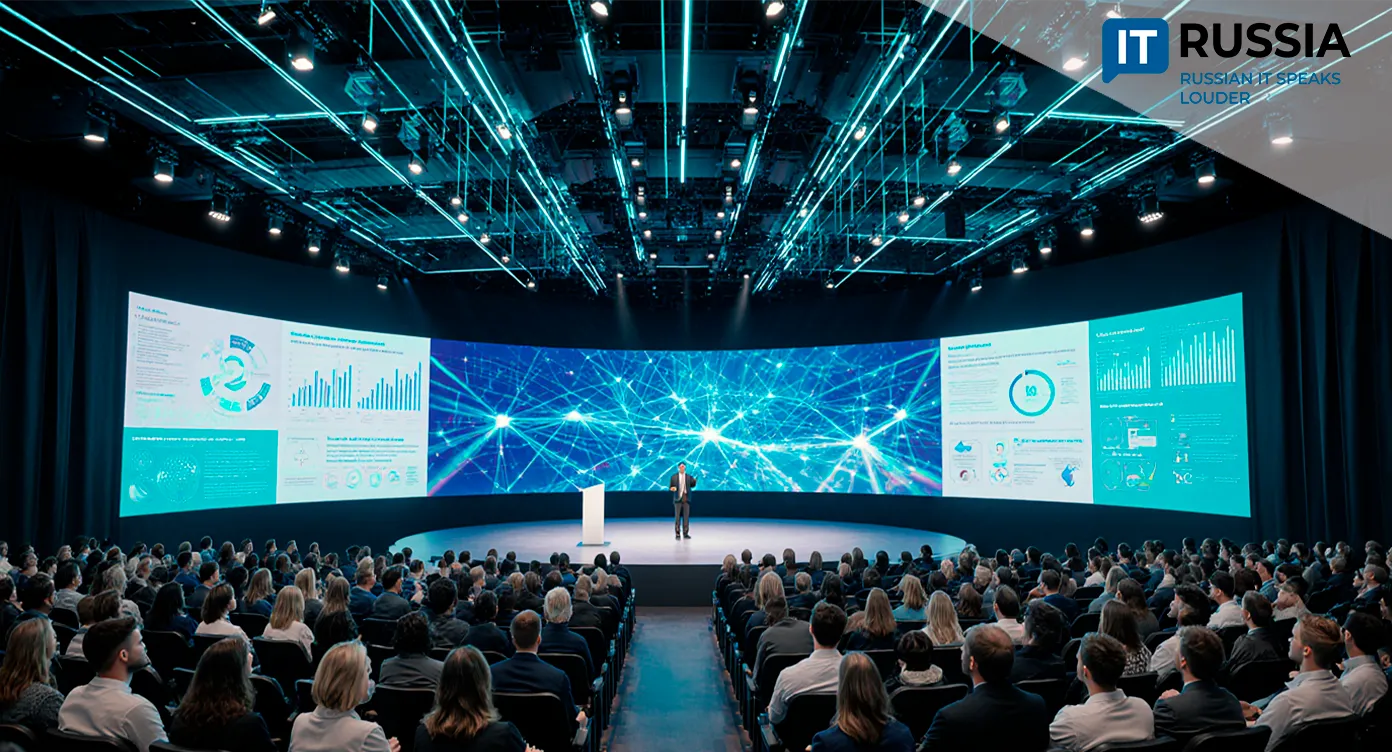
Why It Matters to Everyone
For professionals, the conference is a space to share expertise, find jobs, and build careers. For universities, it offers a chance to connect directly with real-world production challenges. For businesses, it provides ready-made solutions or opportunities to commission new ones. For citizens, the results mean smarter healthcare, digital public services, and user-friendly social platforms. And for the nation, City-IT is a cornerstone of technological sovereignty and an important driver of the digital economy.
Five Years of Growth
Just five years ago, City-IT was a regional event, yet it still attracted up to 5,000 participants, including federal experts and major companies. In 2024, the focus shifted toward import substitution and the development of domestic digital platforms.

By 2025, the forum is moving to a new level with expanded themes — medicine, electronics, and industrial AI. City-IT has evolved beyond discussion: it is now a proving ground where technologies are tested, refined, and prepared for wide adoption.
Looking Ahead
In the coming years, City-IT could become a full-scale national forum, featuring tracks on smart cities, industrial automation, digital logistics, and healthcare. Already, startups and pilot projects launched at the conference are poised to become nationwide services.

The Formula for Success
The secret lies in synergy. The forum eliminates barriers between universities and factories, students and executives. Professors listen to engineers, officials hear from developers. This ecosystem allows new ideas to evolve into working products within months.
Solutions born in Siberia are drawing interest from BRICS nations and CIS countries, especially in areas such as AI, cloud services, analytics, and industrial management. Russian digital products are emerging not only as alternatives but as competitive offerings on the global stage.
Regions Take the Lead
Within Russia, City-IT is becoming a growth hub for digital technologies in healthcare and industry. Its platforms are already being used to test open-source AI models, transcribe audio in real time, and create corporate assistants that boost managerial efficiency. Future tracks will cover smart cities, industrial automation, and digital logistics. The forum has transformed into an incubator where startups born here quickly reach the market.
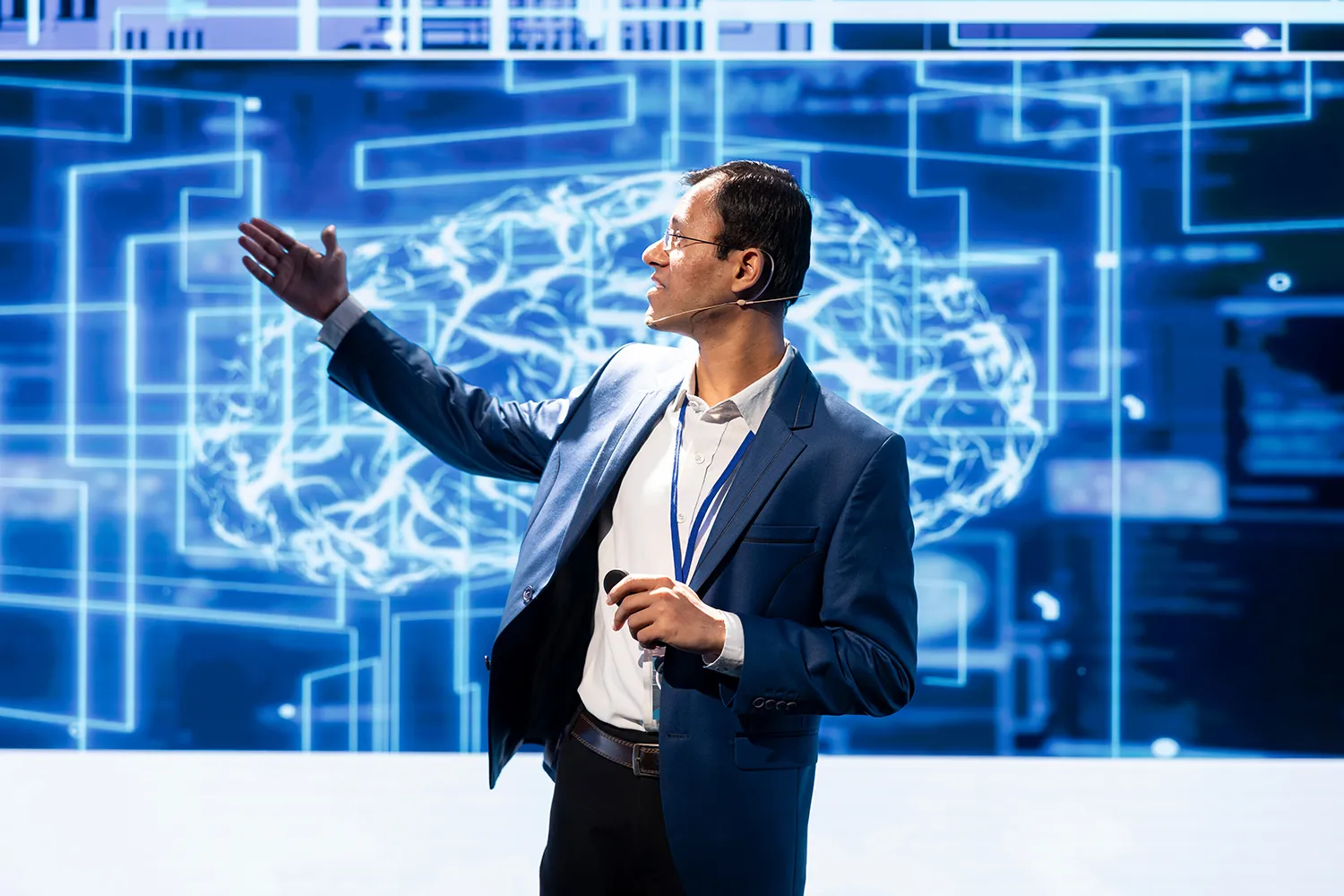
City-IT is a vivid example of how a regional initiative can become a national driver. Tomsk, long known as a student city, is now a technological hub shaping Russia’s digital future. The forum proves that innovation does not only emerge from capitals — it thrives wherever talent, demand for change, and readiness to act converge.


